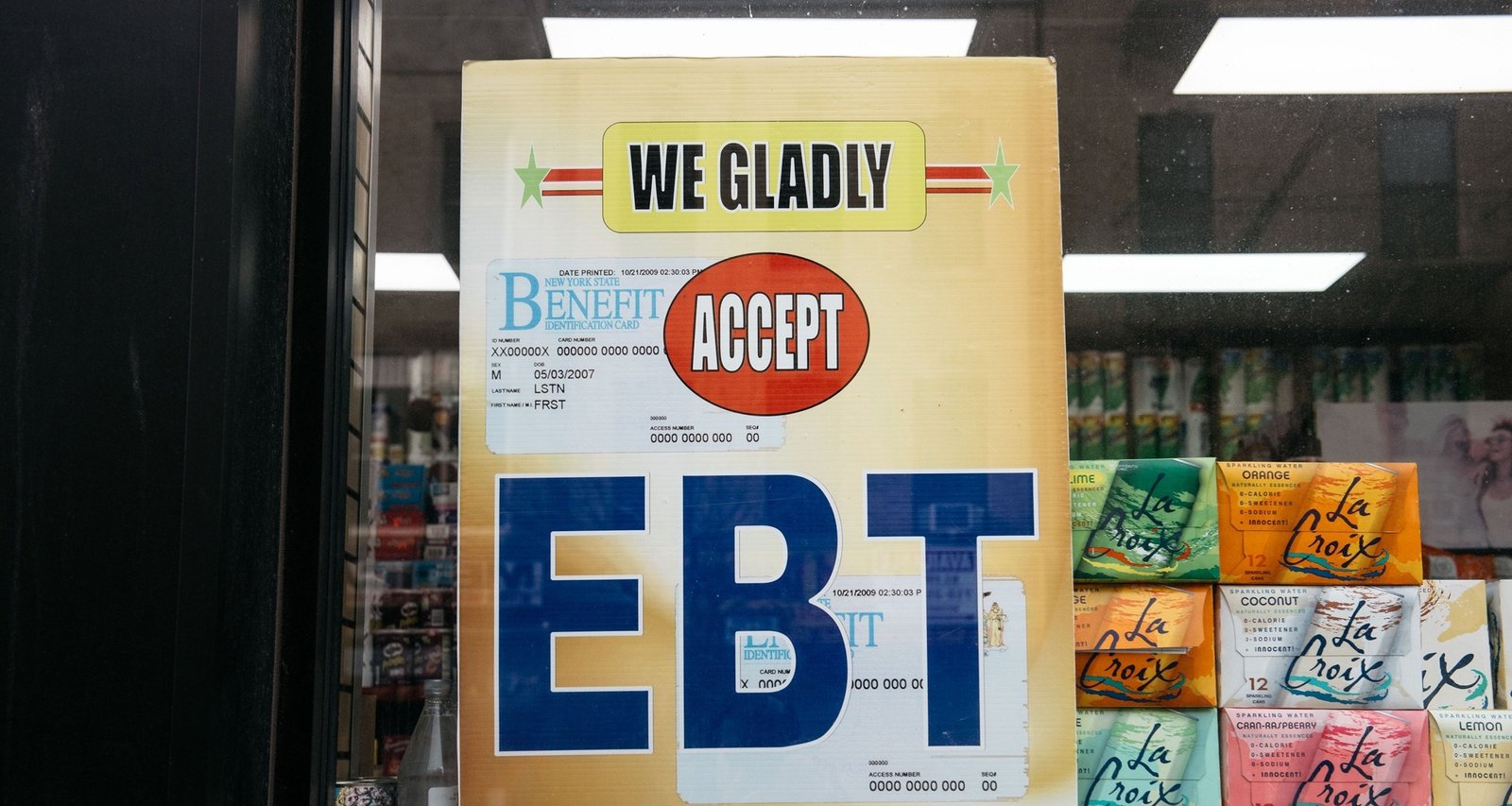Political standoff blocks new funding
Lawmakers have reached an impasse on a temporary spending bill that would keep agencies functioning. Republican leaders and the USDA say Senate Democrats have refused to approve a continuing resolution unless negotiations also address Affordable Care Act subsidies. With no compromise in place, USDA officials say they lack legal authority to shift money internally to cover SNAP payments.
Even before the shutdown, the program had faced budget pressure. Earlier this year, a wide-ranging federal spending package enacted cuts of approximately $186 billion to SNAP over the next decade, shrinking its future capacity to absorb emergencies.
Families brace for food insecurity
Across the country, recipients have begun rationing groceries, stockpiling shelf-stable goods and postponing bill payments in anticipation of the cutoff. In New York City, 67-year-old Martina Santos, who receives about $290 per month, says she may need to skip her electric and internet bills to free cash for food if benefits disappear. Santos, who manages diabetes and high blood pressure, worries that cheaper processed items will replace the fresh produce she normally uses to control her conditions.
In rural northeastern Oklahoma, Jenna, a 37-year-old mother of four, relies on between $600 and $620 in monthly assistance. Rising food prices and her children’s special dietary needs already make it difficult to stretch benefits through an entire month. She and her husband are weighing barter arrangements with neighbors—exchanging labor for eggs, meat and vegetables—to keep meals on the table. Jenna has also cut short her medical leave following surgery so she can work from home and earn additional income.
Charities warn of limited capacity
Nonprofit groups say they are preparing to absorb a surge in demand but acknowledge that philanthropy cannot replace a federal program of SNAP’s scale. Hunger Free America, a national advocacy organization, estimates that the suspension could trigger the most significant hunger crisis since the Great Depression if no solution emerges promptly.
Food pantries, soup kitchens and mobile distribution sites often face constraints in meeting specific nutritional requirements or cultural preferences, such as kosher or halal items, and frequently rely on donated, highly processed products. Advocates emphasize that while emergency providers will distribute as much food as possible, their inventories represent only a fraction of what SNAP delivers each month.

Imagem: Internet
Local responses ramp up
The Boys & Girls Club of Boston, which already serves close to 300,000 meals and snacks annually across nine sites, intends to maintain service levels and is considering transforming its facilities into distribution hubs if demand spikes. Plans include assembling at least 4,000 bags of groceries for December—an effort officials believe may need to expand.
In Manhattan, the West Side Campaign Against Hunger expects to supply food to approximately 110,000 individuals beginning November 1. Leadership there is prioritizing whole grains, fresh produce and items aligned with cultural standards, but notes that even a dramatic scale-up cannot fully substitute for lost federal aid.
Hunger nonprofits in other parts of the country are taking similar steps, issuing calls for additional volunteers, donations and partnerships. Nationwide food bank network Feeding America reports that many member organizations are extending hours and purchasing extra inventory in anticipation of elevated need.
Economic ripple effects
Beyond households, the suspension threatens a broad swath of the retail food economy. Authorized stores collectively redeem billions of dollars in benefits each month, and smaller outlets in low-income neighborhoods can be especially dependent on SNAP transactions. Analysts caution that a prolonged interruption could lead to reduced staffing, lower inventory turnover and cash-flow challenges at participating businesses.
The USDA maintains that normal operations will resume once a funding measure is approved and the federal government reopens. Until then, state agencies that administer the program are unable to load benefits or process new applications. Participants have been advised to contact local information lines for updates, but no workaround currently exists to issue November assistance.
With one week remaining before the cutoff, anti-hunger groups, retailers and millions of beneficiaries are watching Washington for signs of progress. Absent a legislative breakthrough, the first of the month is set to arrive with empty benefit cards and heightened uncertainty over how families will secure their next meals.
Crédito da imagem: Scott Heins/Getty Images



